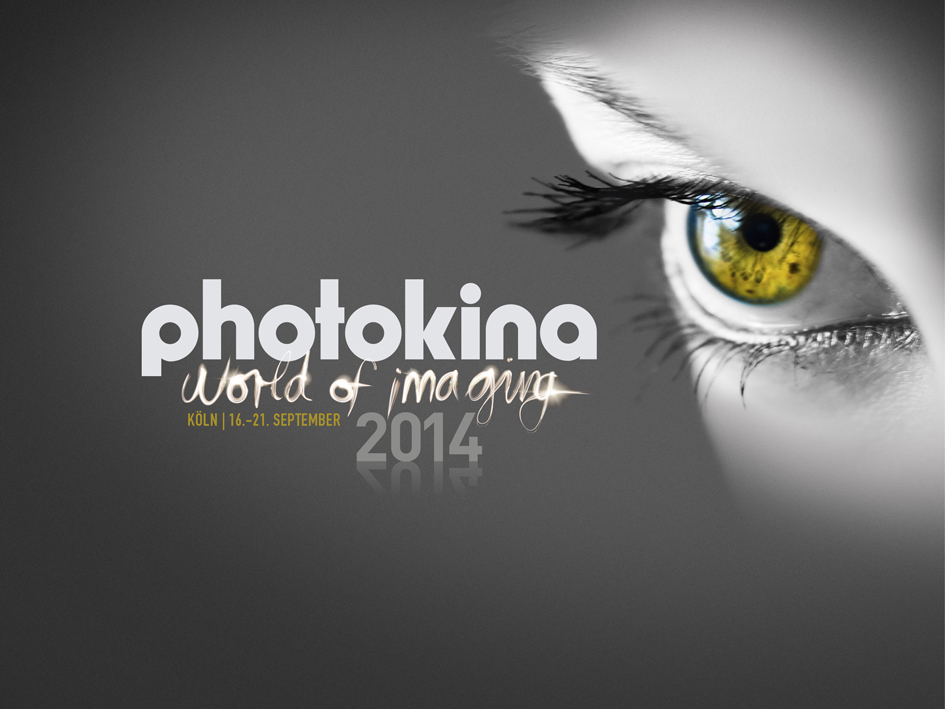

These are good but not exceptional numbers.

#Nikon frame dslr review iso
Maximum response is 6 frames per second (fps) for up to 100 frames (JPEGs), ISO covers 50-25,600, and there’s a 39-point AF system (nine cross-type). Specs are solid but not outstanding once you get past the 24.3MP full-frame sensor. It’s dust- and water-resistant just like the very expensive D800, but to save weight Nikon used magnesium alloy only on the top and rear. It’s heavy, as you’d expect, weighing 28.8 ounces for the just the body, and measuring 5.6 x 4.4 x 3.2 overall. It has a deep grip with a nicely textured surface and all the important controls are readily accessible. We won’t go into every button and dial on the D610 since the camera looks like almost every Nikon DSLR. Yet, the fact that you’re even considering buying this model means you’re ready to dive into the deep-end of the photography pool. In other words, those moving from an older D3100 with a kit zoom, for example, should budget for more glass. Nikon has more than 100 lenses to choose from, but if you use a DX-specific lens, the frame will be cropped to APS-C size, negating the main purpose for buying a full-frame (FX) camera in the first place. The key feature on the front – which has classic Nikon red swoosh on the grip – is the F-mount. Style might not be top-of-mind at the full-frame level but don’t expect anything out of the ordinary, design wise. The D610 is a very big and bulky all-black DSLR with the classic assortment of buttons and dials. Looking for something cool, like the full-frame Sony Alpha A7? Forget it. It’s not exactly a bargain – around $2,500 for a solid kit – so let’s see if it’s worth dipping into your savings account for this full-frame DSLR. Targeted to enthusiasts and pros, the new Nikon D610 has a 24.3-megapixel full-frame sensor, plenty of response, and almost all the bells-and-whistles Nikon can cram into a DSLR.


 0 kommentar(er)
0 kommentar(er)
